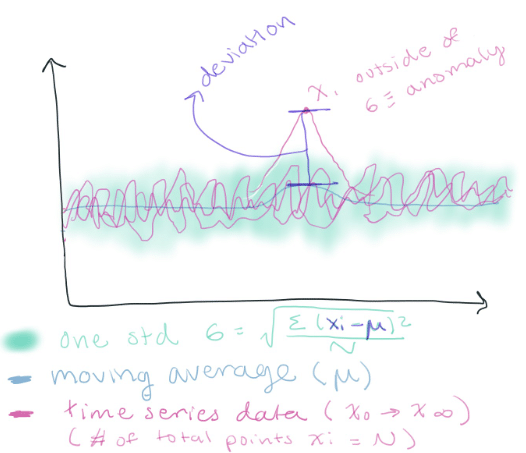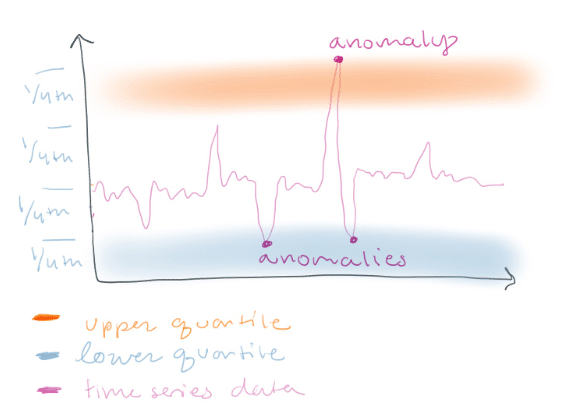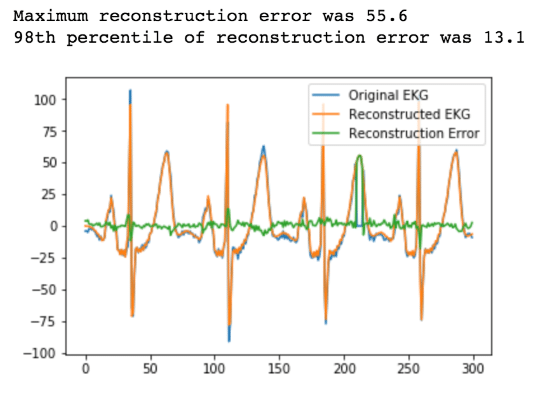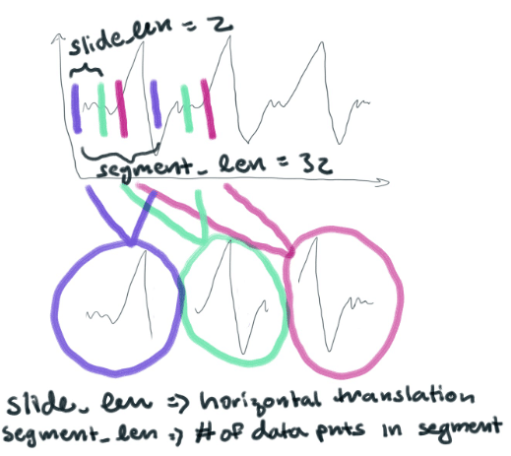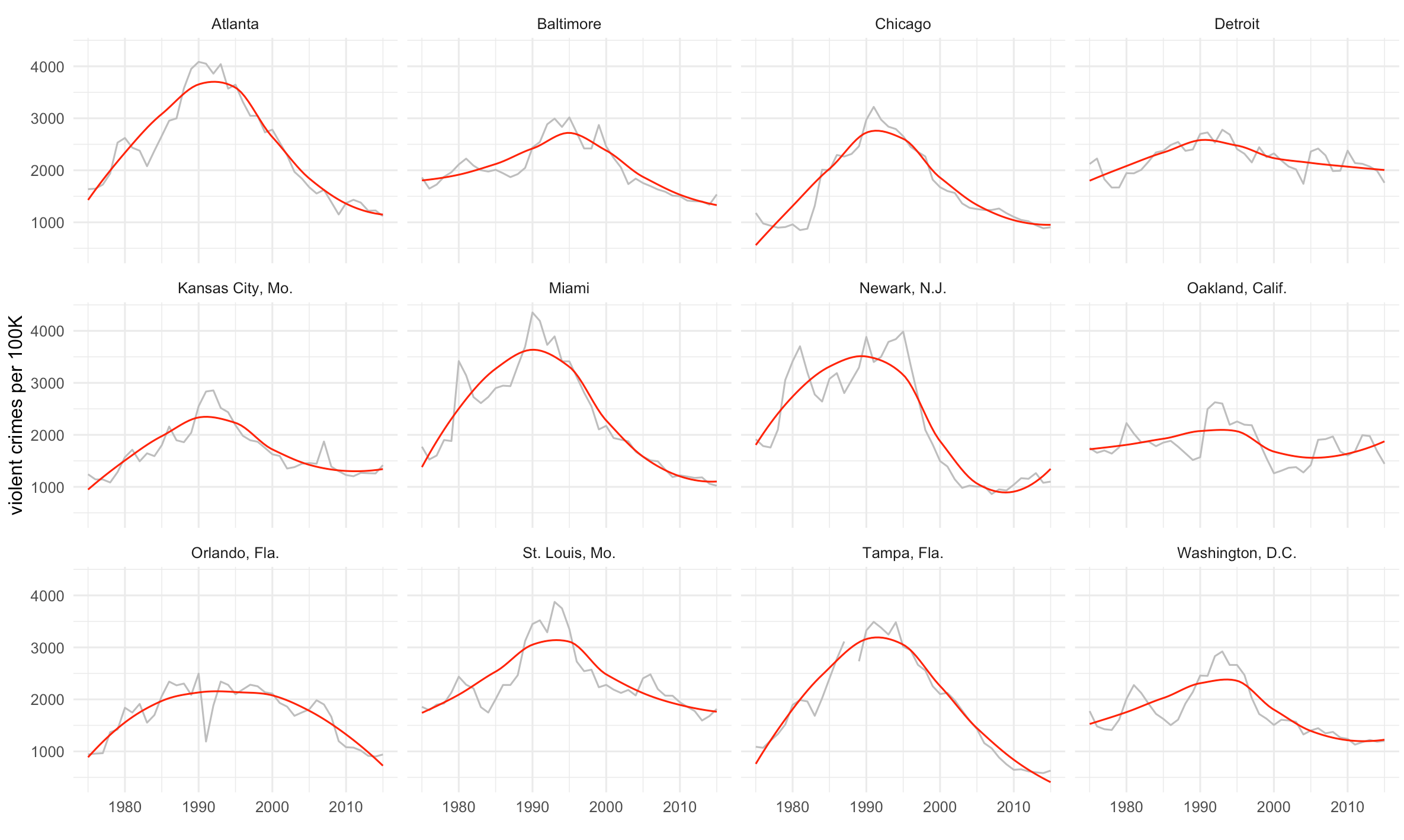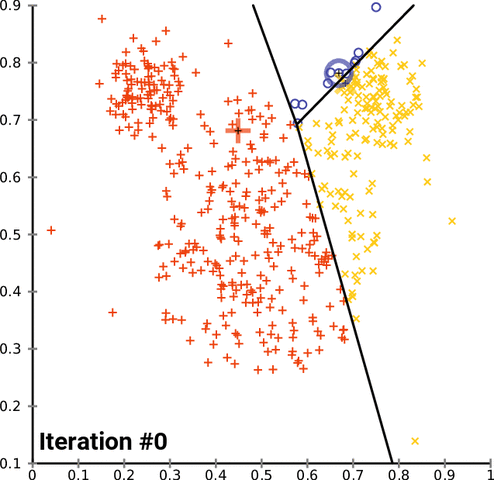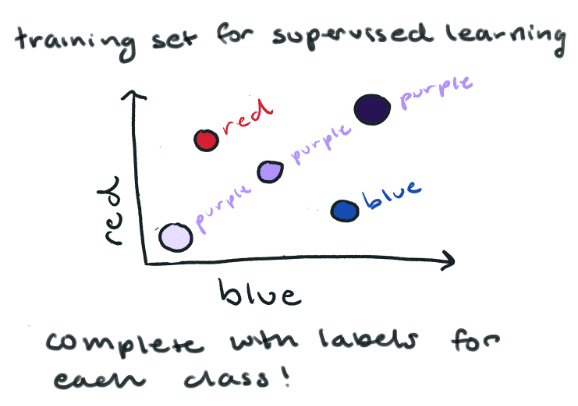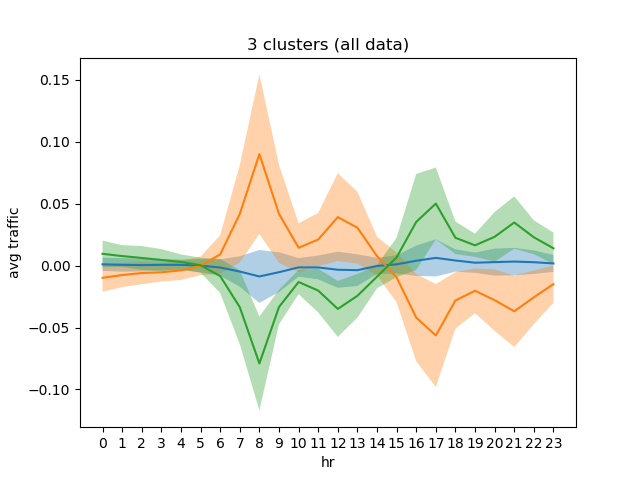
GitHub - chaddling/bikeshareTO_analysis: Clustering Bike Share Toronto time series data to identify temporal behavioural motifs.

Characterisation and Clustering of Time-Series with Similar Temporal... | Download Scientific Diagram
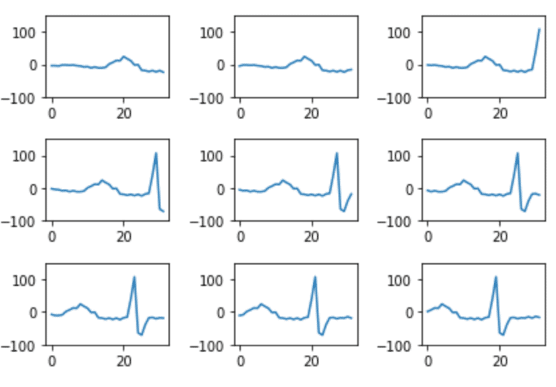
Why Use K-Means for Time Series Data? (Part Two) | by Anais Dotis | devconnected — DevOps, Sysadmins & Engineering | Medium

Time series k-means: A new k-means type smooth subspace clustering for time series data - ScienceDirect

Agricultural Monitoring in Regional Scale Using Clustering on Satellite Image Time Series | IntechOpen

Time series k-means: A new k-means type smooth subspace clustering for time series data - ScienceDirect
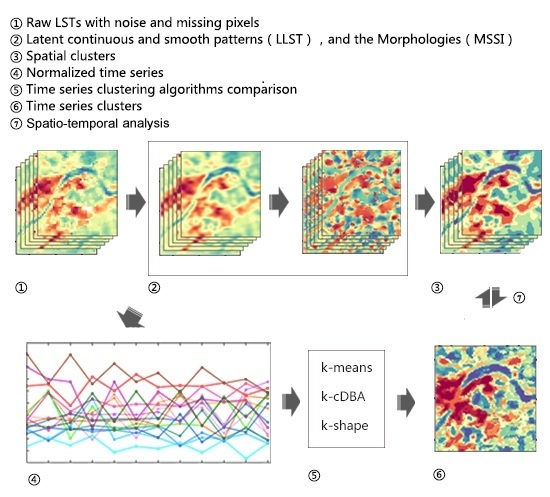
Remote Sensing | Free Full-Text | Characterizing the Spatio-Temporal Pattern of Land Surface Temperature through Time Series Clustering: Based on the Latent Pattern and Morphology

Cluster-based dual evolution for multivariate time series: Analyzing COVID-19: Chaos: An Interdisciplinary Journal of Nonlinear Science: Vol 30, No 6

k-means clustering based on the m+0 time series data. The first row... | Download Scientific Diagram

